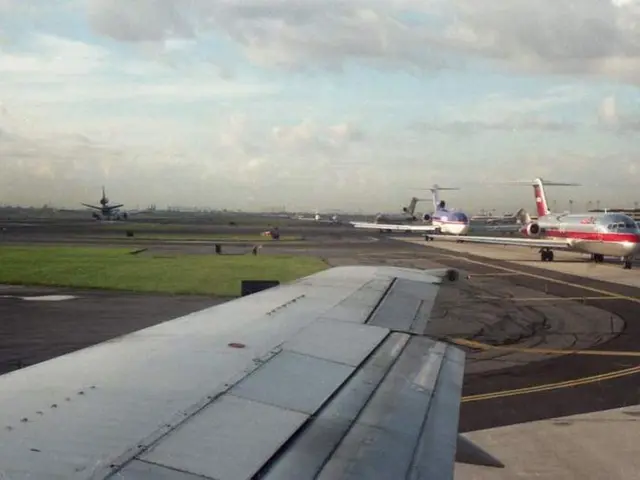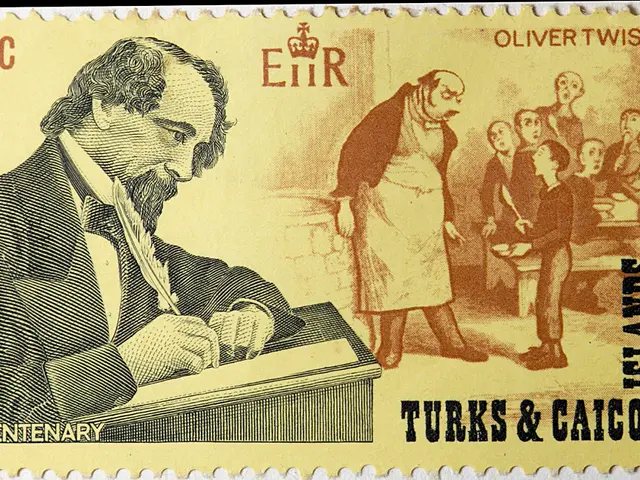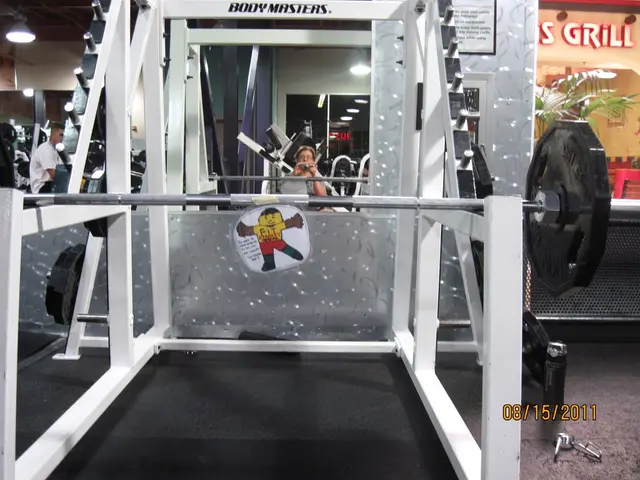Farm Worker's Close Call with Forage Harvester
A 29-year-old farmhand in Berg, Ravensburg district, had a terrifying encounter with a forage harvester last Thursday. The worker and a colleague were attempting to replace a wheel on the machine when the jack giving way sent the harvester crushing down on him.
Luckily, the fire department was prompt in responding, using an air cushion to free the man with minor injuries. Although the incident was a close call, the unforeseen accident is bound to leave a lasting impact on the worker's job duties.
Danger Zones and Safety Precautions
In the agricultural industry, workplace accidents featuring forage harvesters are alarmingly common. Forage harvesters, like other machinery, pose hazards such as entanglement, crushing, and mechanical failures. Implementing measures like regular maintenance, safety equipment, proper training, and regulatory compliance, can help mitigate these risks.
- Mechanical Hazards:
- Preserve operator's limbs and lives by adhering to safety guidelines and training.
- Operational Risks:
- Well-maintained machinery has a reduced chance of tipping over and endangering the operator.
- Safety Features:
- Protective barriers and operator safety equipment can prevent contact with moving parts.
- Training and Supervision:
- Comprehensive training and supervision for operators, especially novice workers, can promote safe practices.
- Environmental Factors:
- Operating conditions, like severe weather, should be considered, and precautions taken accordingly.
- Safety Equipment and Tools:
- Careful use of remote control systems and warning systems can maintain a safe working environment.
- Regulatory Compliance:
- Adherence to safety regulations, such as OSHA's guidelines, is essential for preventing workplace accidents.
Addressing these concerns and ensuring continuous training will help minimize the number of incidents related to forage harvesters in the agriculture sector.
[Enrichment Source: www.dpa.com]








